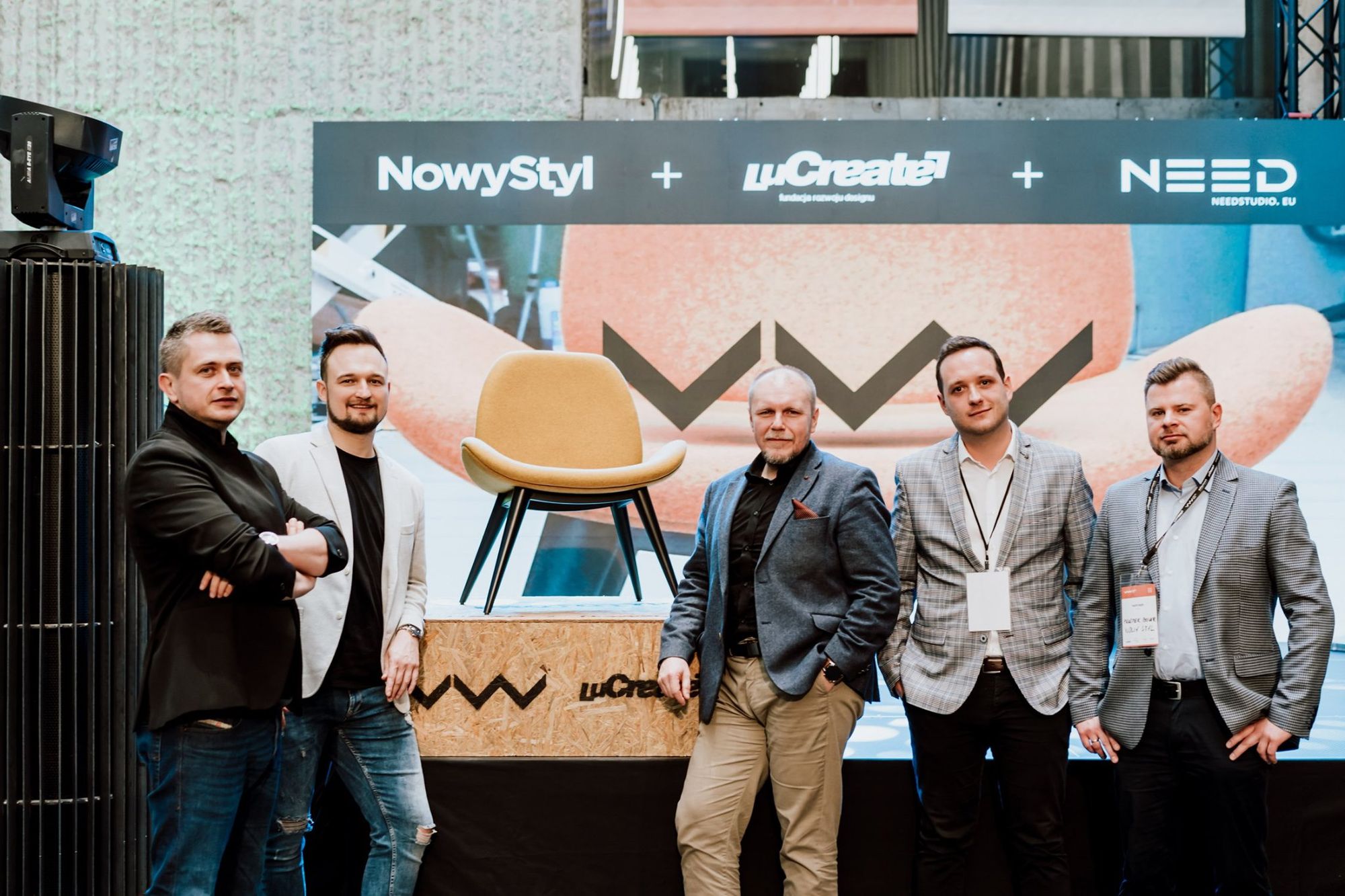360 Design Budapest is already well underway, with design-related events on the agenda all week long. One of the events on Friday is the second design DIALOG roundtable discussion, titled Visegrad 4 the future of design. The discussion will bring together representatives from the V4 countries to explore design in Eastern Europe and the design culture of the countries of the region and the existence of common ground. In our interview, we asked Mateusz Kunkiewicz, Polish representative of the roundtable, about his experiences, successes and international relations. Let’s get to know him better!
You work as an architect, an interior designer and as the president of LuCreate Foundation as well. How did your career begin, and what was the journey that got you here today?
I graduated from the Faculty of Architecture and Town Planning of the Warsaw University of Technology. After graduation, I returned to my hometown of Lublin and started working as an architect at Bolesław Macha. This was a period of “searching” as a freelancer and I applied to the original design studio called Kunkiewicz Architekci that had just been founded. The breakthrough came in 2012 with the idea of ”LuCreate”. It was supposed to be a joint brand representing Lublin designers from various fields of the creative sector. We started organizing trips to events, exhibitions and creative conferences aiming to promote the activity of investors and designers. We have also focused on creating new designs and we worked for the LuC foundation, which could create new projects for new sources.

LuCreate really took off after TED and TEDx conferences. I was involved in the preparation process for TEDxLublin, thanks to which I met the champions and gained experience in organizing events. Also, I got inspired by the exhibition as I could gain an insight into the activities of the designers of the region that promote activities at fairs and events that we visited.

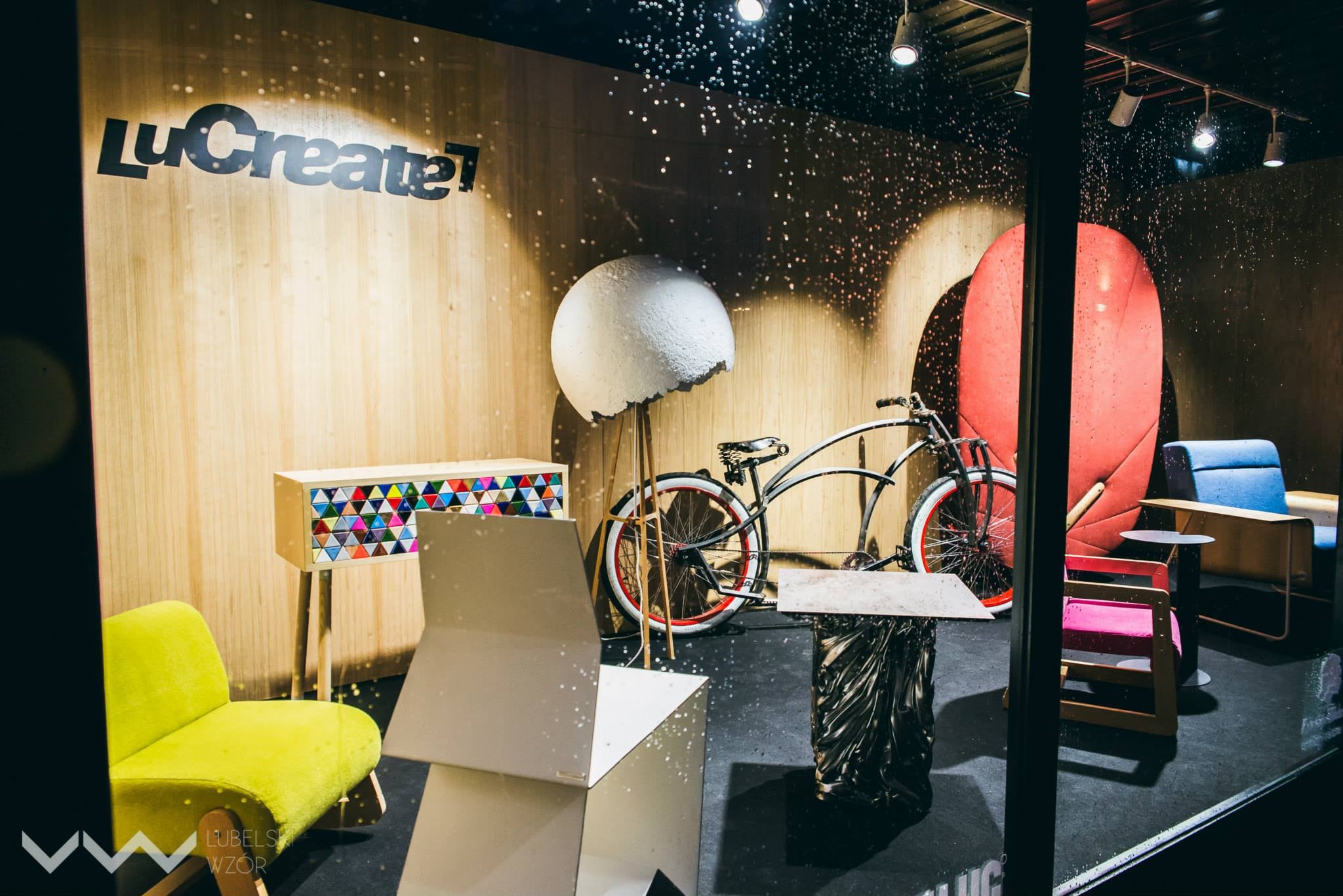
Can you tell me about the international relations of LuCreate?
LuCreate has been operating for over 8 years. During this time we visited numerous events in Europe and in the world in connection with architecture and design. Our international goal is to exchange experiences and establish a network with designers and creators of the creative sector in Central and Eastern Europe. We believe that thanks to this, we can establish effective cooperation in the international field and contribute to the design of our region being globally recognized.
This year we were invited by the Hungarian Fashion and Design Agency as a foreign partner to co-create the 360 Design exhibition, where we are responsible for the participation of Polish designers.
Why do you think connecting artists with the business world is important? What is your opinion of the relation between the two?
We believe that design can connect art, business and local communities. We would like entrepreneurs to see great design and architecture as an opportunity for investment and development. Art is always an inspiration for us, and activities for local communities help to increase the aesthetic awareness of residents.
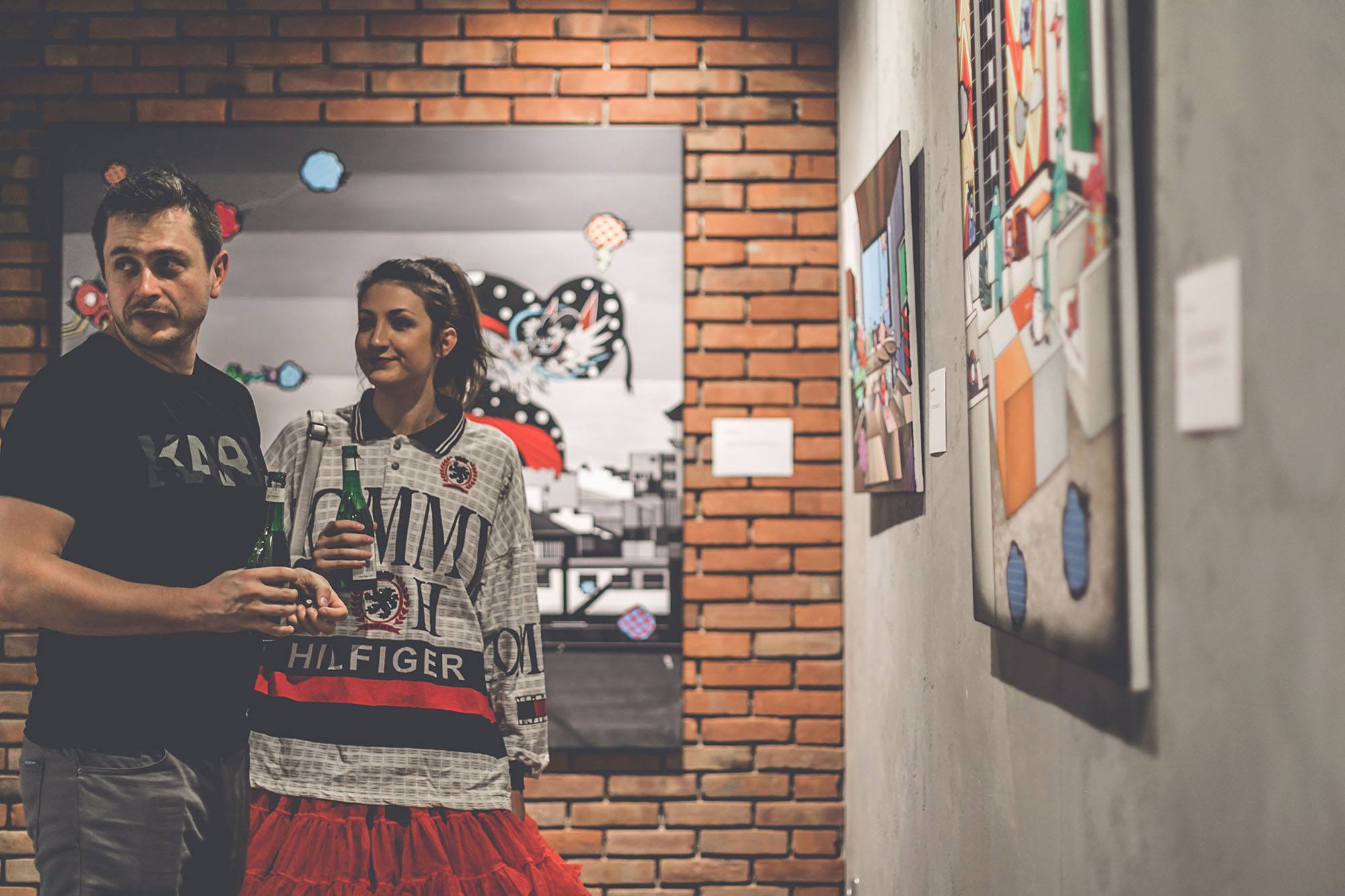
Tell me about the projects you are the proudest of. What was your role in it?
Every day we do a lot of interesting interior and architecture projects, but the most interesting project was not related to architecture or interiors, but it was a social project which LuCreate. Lublin was a city where the creative environment was not well developed in 2012.
We managed to create an interdisciplinary and socially engaged group of architects, graphic designers, industrial and interior designers, photographers, 3D graphic designers and social media specialists. We collaborated with each other on a daily basis, thus, we were able to compete in larger markets and organize fascinating events related to design in our city.
As LuCreate, we organize an annual creative conference, called “Lubelski Wzór” (Lublin Design) and run a permanent project “Pracownia Otwarta LuCreate” (LuCreate Open Studio) which combines co-working with an art gallery, workshops and lectures. We have a tangible impact on local issues and thanks to the cooperation with each other, we can create projects on a national and international scale.
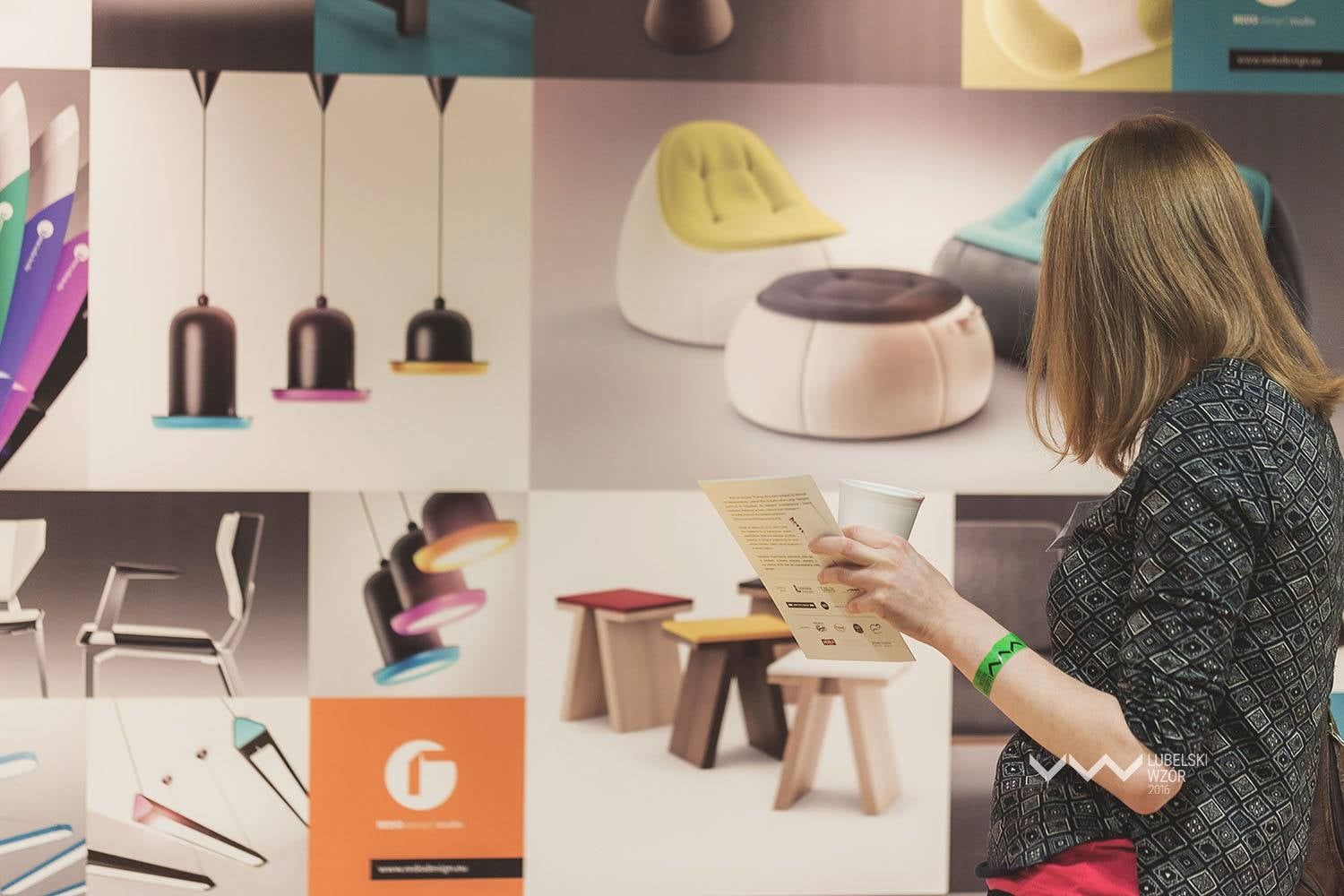
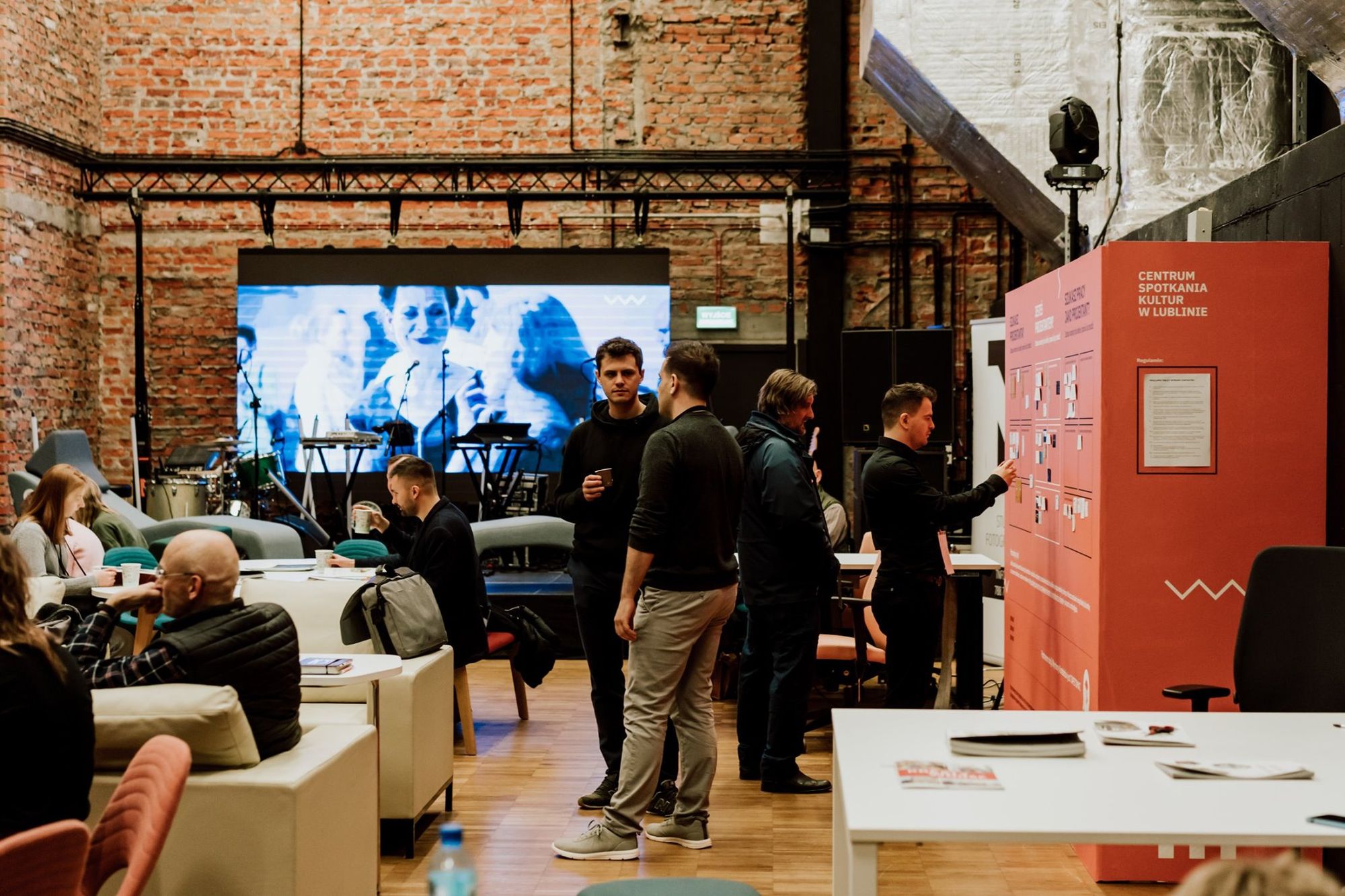
What are the biggest challenges for aspiring artists today? What advice would you give them?
I think that the greatest challenge is the ability to create a team for an interdisciplinary project, the aspects of entrepreneurship and getting involved the local communities. While working with designers from other fields, we are constantly learning and improving. Entrepreneurship allows you to earn money and involvement in local matters gives you a feeling of being needed and that of satisfaction. I think it is extremely important to know that having a creative environment is not only a privilege of the largest cities. I believe that with overpopulation in big cities, rising property prices and increasing opportunities for teleworking, smaller cities will develop, creating a demand for creative environments.
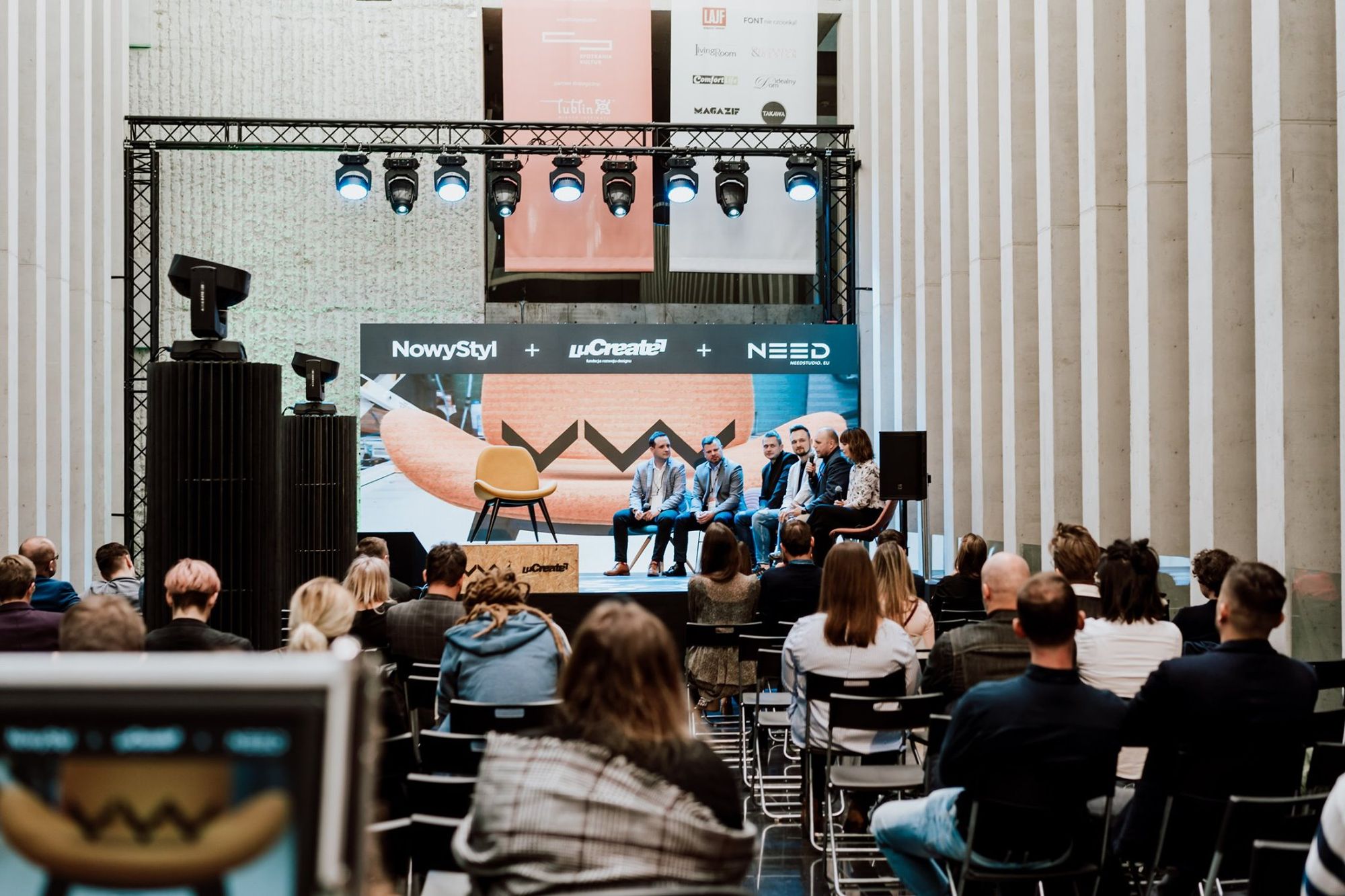
So my advice would probably be the following: find people who think similarly and yet differently, start working as a team, don’t limit the group only to designers. People with a business, marketing and social approach are also needed in the team. Get experience globally, act locally.
LuCreate | Web | Facebook | Instagram
360 Design Budapest | Web | Facebook | Instagram
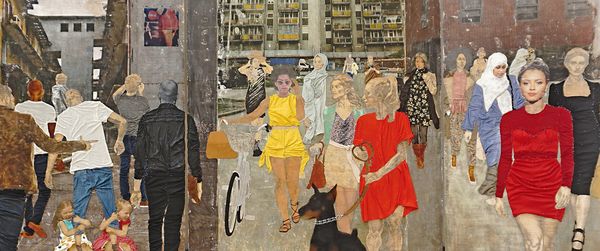
Colors in everyday life: autumn cultural programs | TOP 5
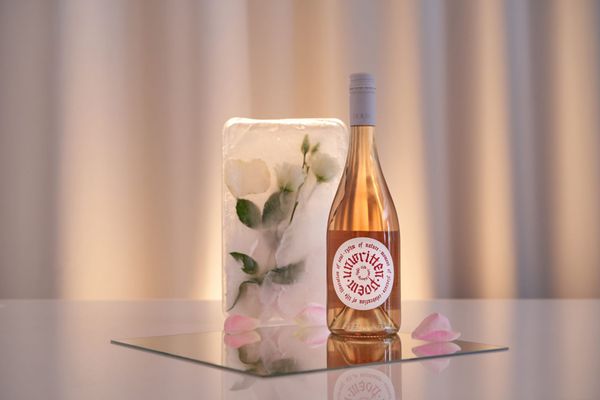
Creating, learning and knowledge sharing in the repertoire of Tiwári House Winery










